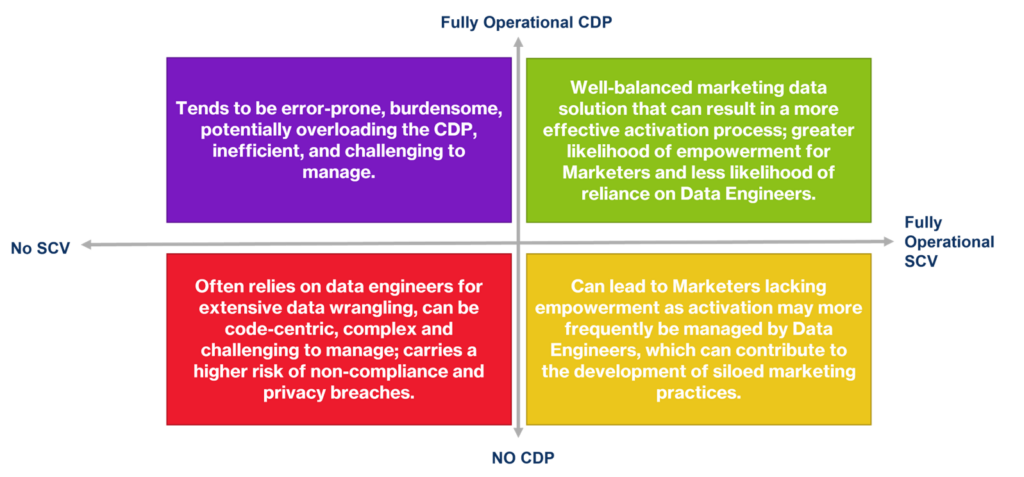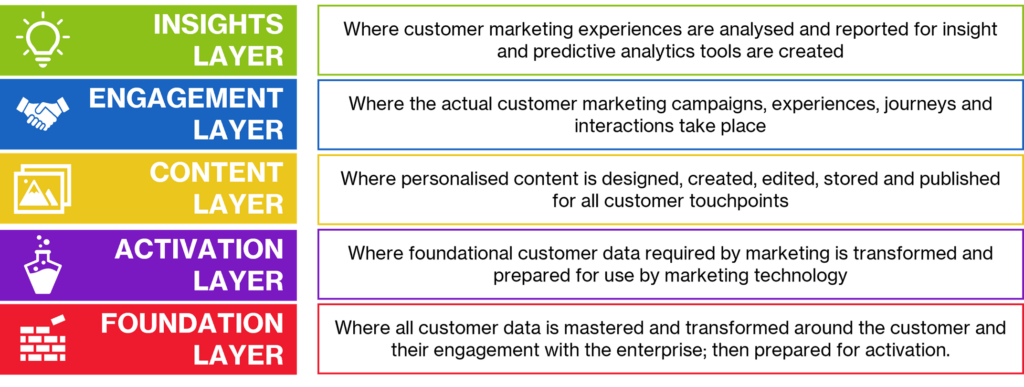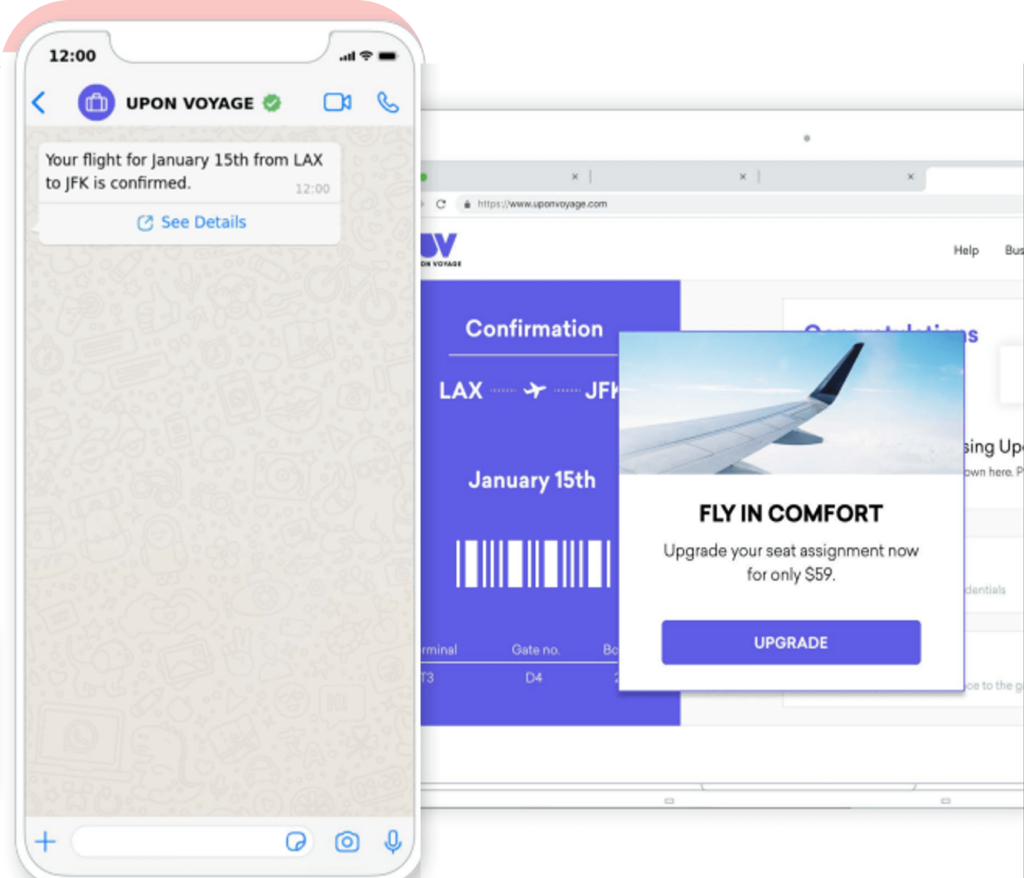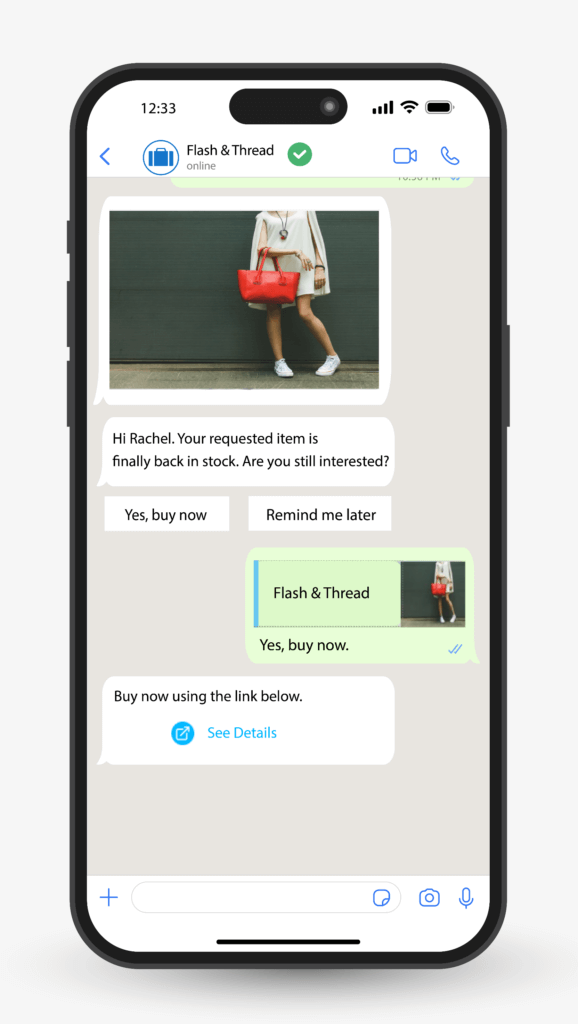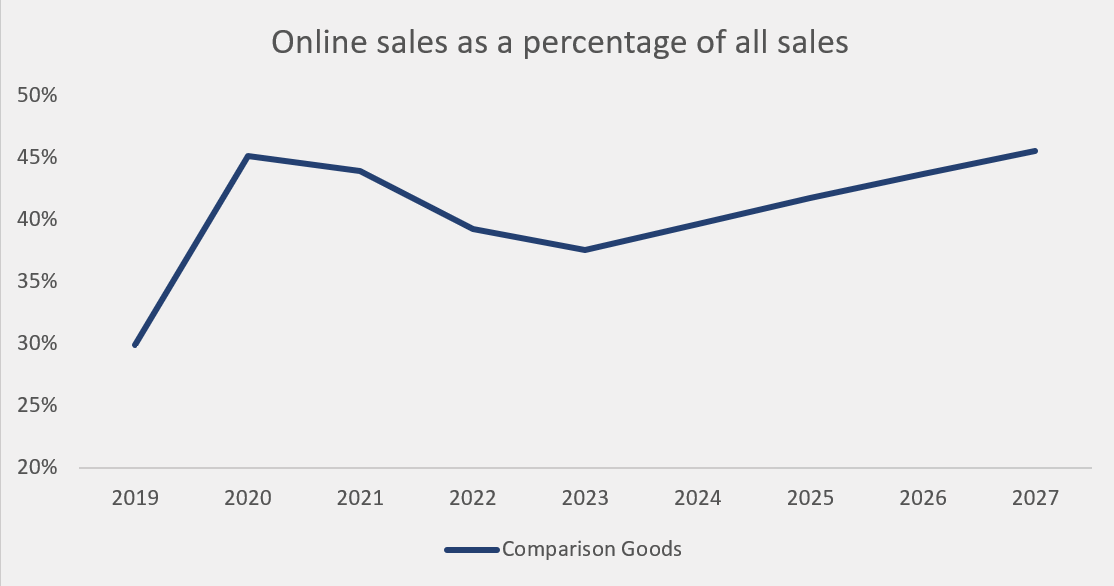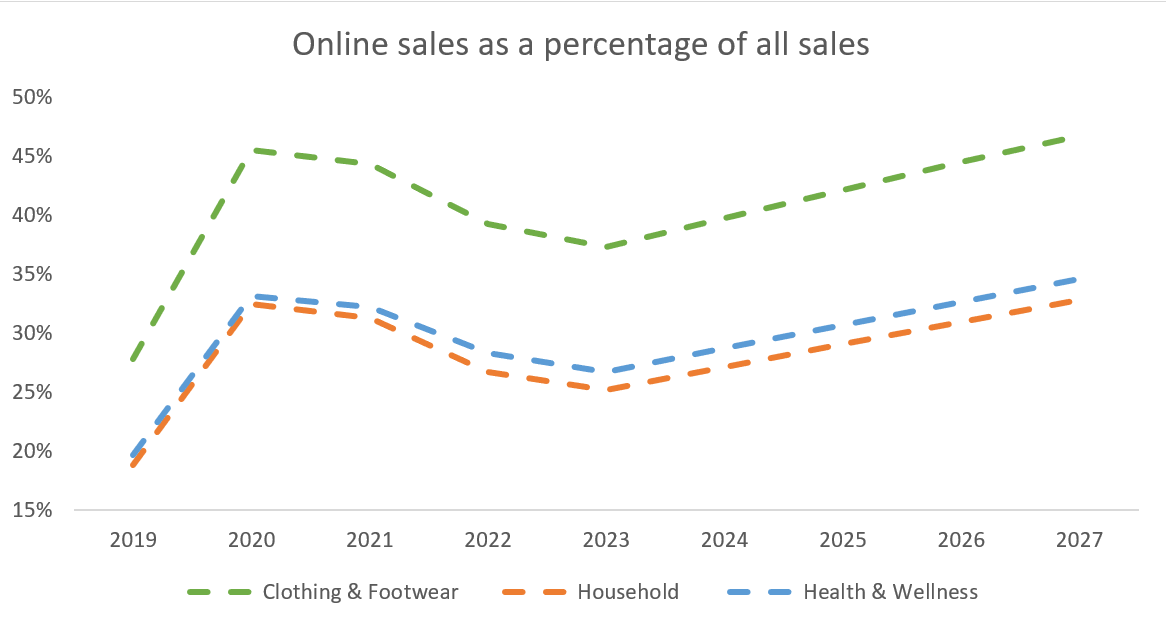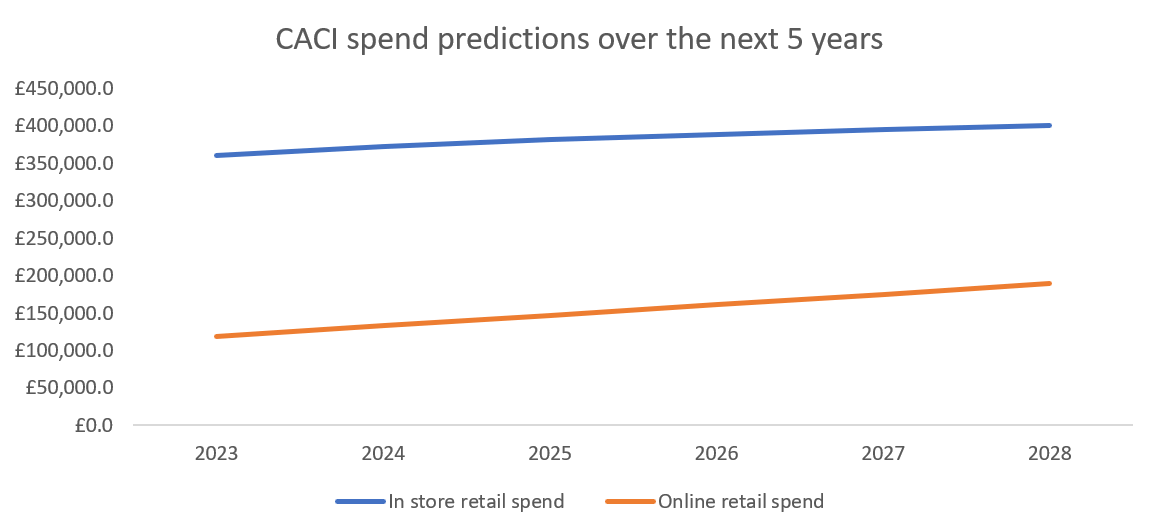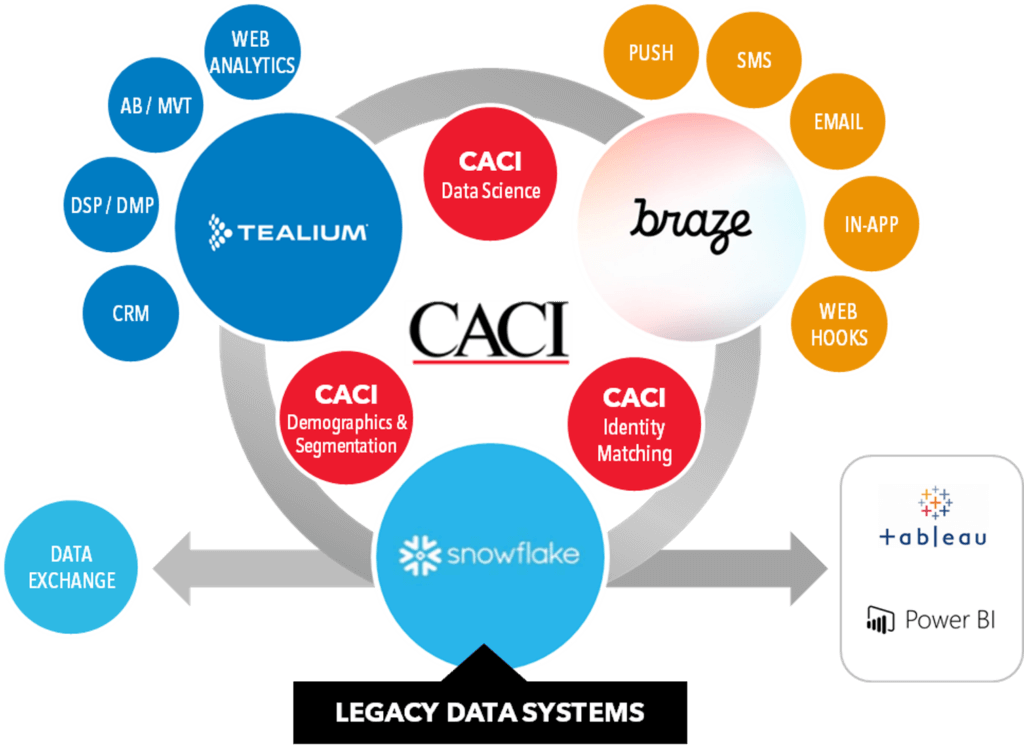
Braze is one of the fastest growing CRM tools on the market. It enables brands to be truly app-first and deliver enhanced and personalised real-time customer experiences without complex and bulky ETL or batch processes which often involve painful and delayed overnight data loads.
Leveraging effective marketing technology is now critical for a business’ long-term success. It allows businesses to stay ahead of the competition by understanding and adapting to everchanging consumer behaviours and tailoring experiences that best reflect their needs.
Braze is a leading platform in the CRM space, having recently been scored as ‘leader’ within The Forrester Wave™: Cross-Channel Marketing Hubs in Q1 of 2023. Its innovative approach to connecting with customers has been a gamechanger. With a particular focus on digital messaging, it has established itself as an accessible, customisable and specialised tool on a global scale.
In this blog series, my multidisciplined team will lift the lid on Braze and uncover the key features we see within the platform that are certain to deliver growth and take your use of Braze to new heights.
Our partnership with Braze
As a trusted Braze partner, we help brands get the most from the platform by supporting in all areas, from platform integration and audit to campaign management and optimisation. Our Campaign Operations team is well versed in the platform, with each member who interacts with Braze being certified in the platform. We invest in our partnership with Braze by further upskilling our team to a high standard, with multiple team members holding more than three different certifications ranging from the marketer exam to the digital strategist, enabling us to support brands in getting the most out of this amazing platform.
Our experiences and certifications have enabled our development of a set of Braze Accelerators specifically designed for CRM teams striving to achieve better results in a shorter timeframe. They have also contributed to our team being awarded Agency Partner of the Year in 2022 for our work with Domino’s in assessing their campaigns, enhancing their understanding of their customers’ behaviours and identifying personalisation opportunities that bolstered their testing capabilities and paved the way for more effective outcomes.
If you’re interested in learning more about Braze, and how CACI can help you in driving the most value from your Braze investment, be sure to get in touch with us.
Continue reading:
Blog 2 – How to elevate your brand through the power of Braze’s Sage AI suite
Blog 3 – Leveraging Braze’s Winning Paths to augment Canvas performance
Blog 4 – CACI’s Braze City x City 2023 takeaways
Blog 5 – How Braze’s Canvas components personalise marketing journeys



